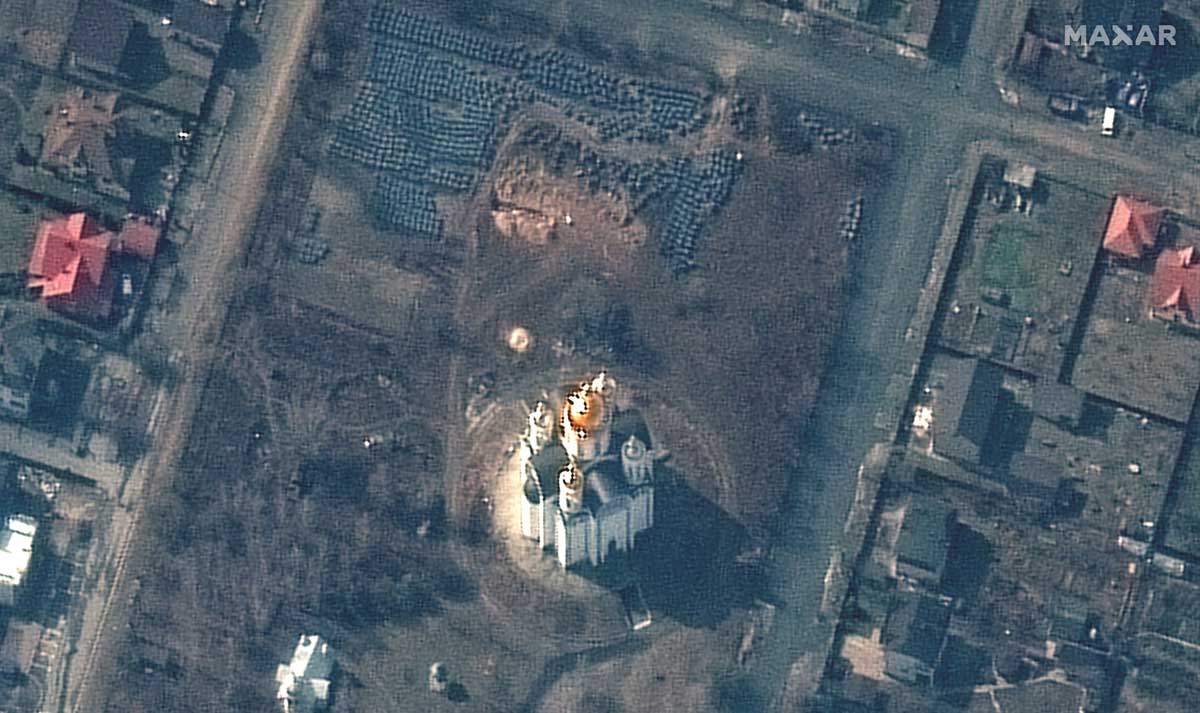The New York Times, citing Maxar’s photographs, argues that they contradict Russia’s version that the killings of civilians in Bucha occurred after its army left the city. The photographs show that the bodies of civilians have been lying on the streets of Bucha since at least March 11.
Satellite imagery from March 11 presented by the daily newspaper shows 11 figures resembling human bodies lying on Yablonska Street, located in the same places where they were discovered after the release on April 2, shown in the first videos published on the site on the same day .
“The causes of death are unclear. Some of the bodies lay next to what looked like a crater from an impact. Others lay next to abandoned cars. Three bodies lay next to bicycles,” the newspaper writes.
As the New York Times points out, these images contradict the narrative put forward by the Russians that the deaths of civilians occurred after they withdrew, and the view of the street where the bodies lay was staged. To advance these claims, the Kremlin announced the convening of a conference and demanded the convening of an extraordinary meeting of the UN Security Council.
Shocking Russian crimes
Heads of state, politicians, media, the whole world are shocked by the terrible news from Bucha in Ukraine. The city near Kievsk was liberated by the Ukrainian army on Friday. Since Saturday, representatives of the Ukrainian authorities and the media have been reporting the discovery of numerous bodies of civilians killed by Russians not only in Bucha, but also in other liberated cities of the Kiev region.
Russian soldiers probably executed Ukrainians there, and rape of women has also been documented. The Ukrainian military found in Bucha the bodies of civilians lying on the main road of the city. Some of the victims had their hands tied behind their backs and gunshot wounds. According to the Ukrainian prosecutor’s office, at least 410 bodies were found in Bucha, Gostomel and Irpen.

